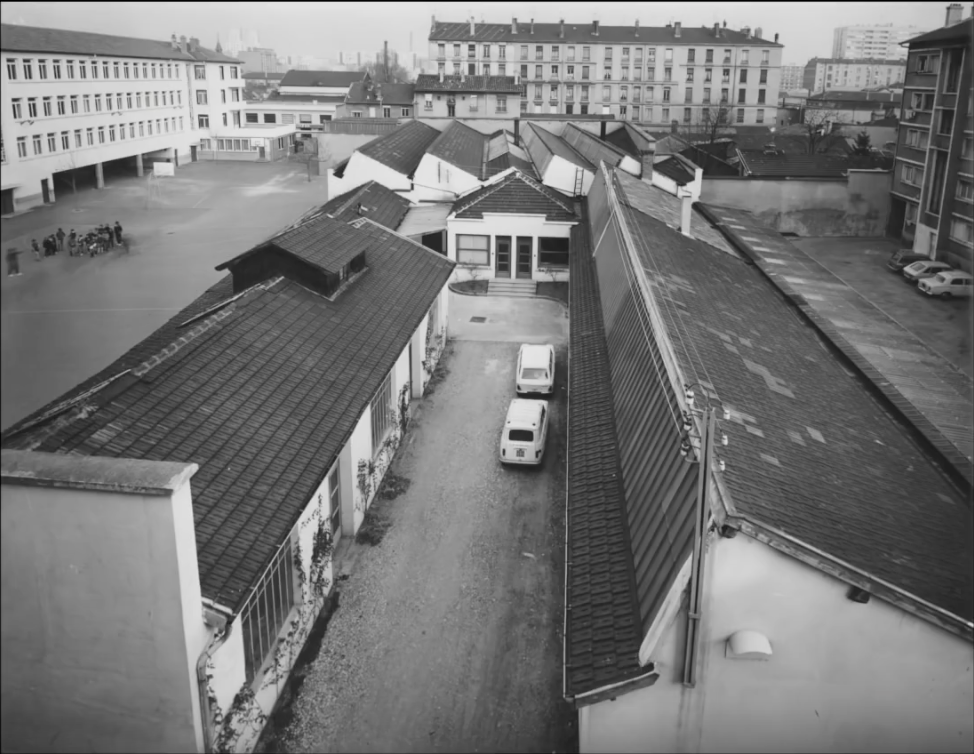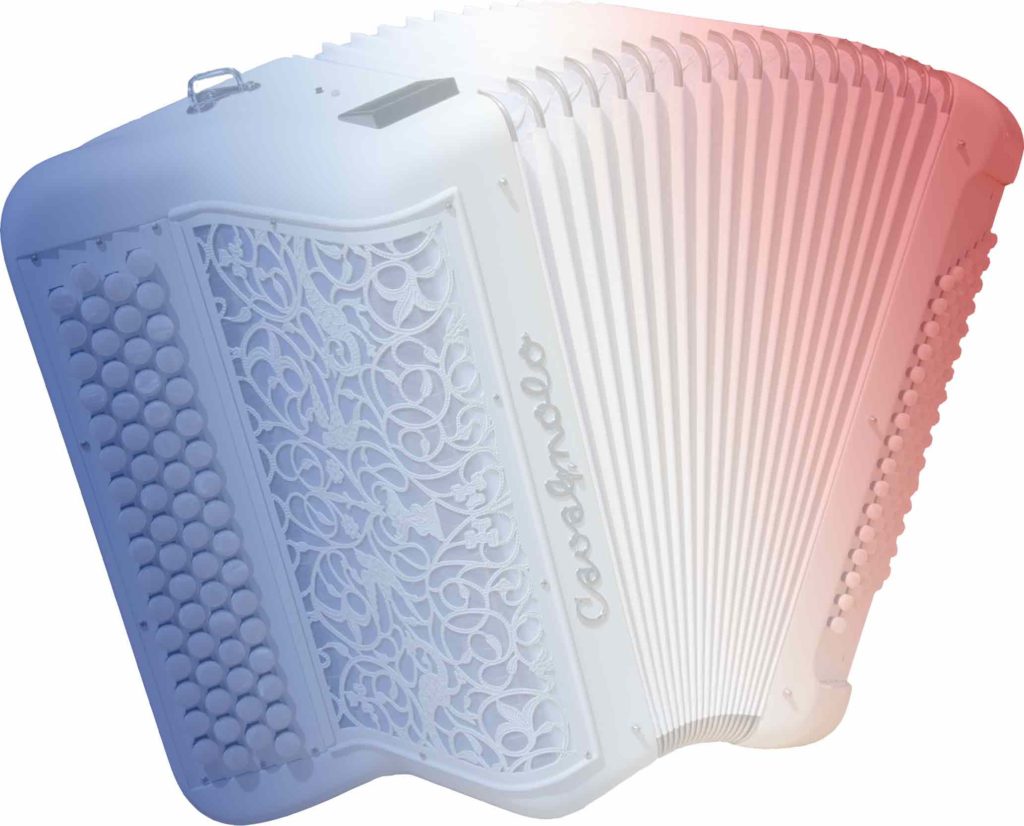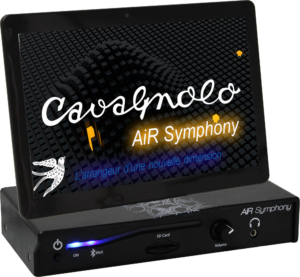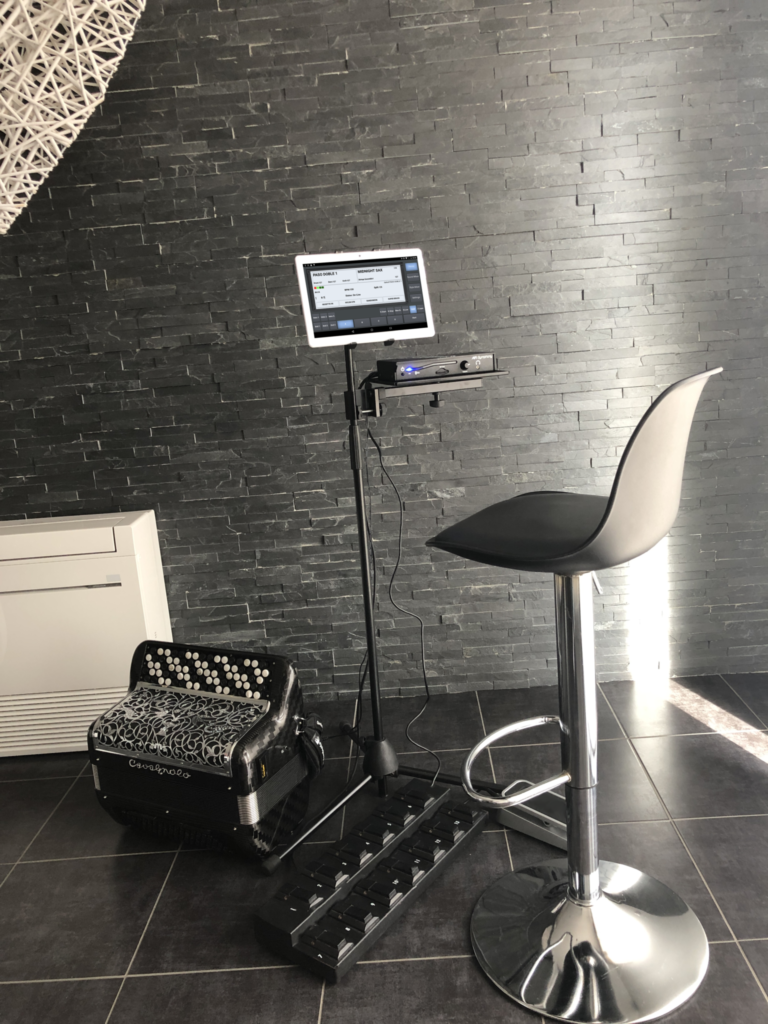What makes the Cavagnolo different?
What makes the Cavagnolo different?
Cavagnolo… A history.
The history of the Cavagnolo brand is rather extraordinary.
It all started in 1904 in Vercelli, Italy. Following the economic difficulties taking place in the country during the 1920s, the brand came over to France, to the Lyon region, in 1923.
During the 1930s, Cavagnolo manufacture grew its reputation considerably. Musicians and performers put their trust in the brand due to the sheer quality of the instruments – but there was another reason for them taking a liking to the Cavagnolo brand: the sound.
Aficionados grew in numbers, and as such the Cavagnolo sound became a major player, the ultimate reference point. It would be impossible to list all the artists who owned a Cavagnolo without missing some, such were the numbers – nor would it be possible to note all of the famous voices accompanied by a Cavagnolo.
So our story finds its roots decades ago, but the passion of the makers, the desire and know-how still remains in place today. The production unit is still in the Lyon region, and is still driven by a wish to keep evolving the quality of the instruments while focussing on avant-garde developments. Musicians and performers continue to put their trust in Cavagnolo, in turn motivating us to keep meeting their demands and requirements. It’s much more than a brand. That’s what Cavagnolo is all about.
Ask anyone, and they will tell you that Cavagnolo is inimitable. Why? Let us explain.
What makes the Cavagnolo different?
Accordions Made in France!
What makes the Cavagnolo different?
A rich history of musicians…

On the picture:
Joss Baselli, Joë Rossi, André Astier, Marcel Azzola
One of the first ambassadors of the brand in France was V. Marceau (Marceau Verschueren in full).
This is where the wave of musicians putting their trust in Cavagnolo starts. To name but a few: Gus Viseur, Marcel Azzola, Joss Baselli, André Astier, Jöe Rossi, Yvette Horner, Marc Bonel, Bruno Lorenzoni, Jacky Mallerey, Claude Thomain, Tony Fallone…
And then: Roland Romanelli, Eric Bouvelle, Aurélien Nöel, Alain Musichini, Ludovic Beier, Richard Galliano, Marc Berthoumieux, Stéphane Courtot-Renoux, Matthieu Chaussalet, Stéphanie Rodriguez, Frédéric Langlais, Julien Labro, Joao Frade, Dimitri Saussard, Christophe Lampidecchia, Nicolas Massoutié, Jean Michel Sonnerat, les frères Maulus, Daniel Mille, Jean Robert Chappelet, Jean Marc Torchy, Nicolas Rapicault…
Now let’s look at some of the famous voices which have been accompanied by a Cavagnolo:
Yves Montant, Charles Trenet, Renaud, Edith Piaf, Jacques Brel, Barbara, Juliette Greco, Serge Lama, Michel Sardou, Claude Nougaro, Mauranne, Nicole Croisille, Roberto Alagna, Sanseverino, Les Stentors, Boy Georges, Elodie Frégé, Claudio Capéo, Laurent Gerra, Gérard Depardieu…






Have you examined a Cavagnolo close up?
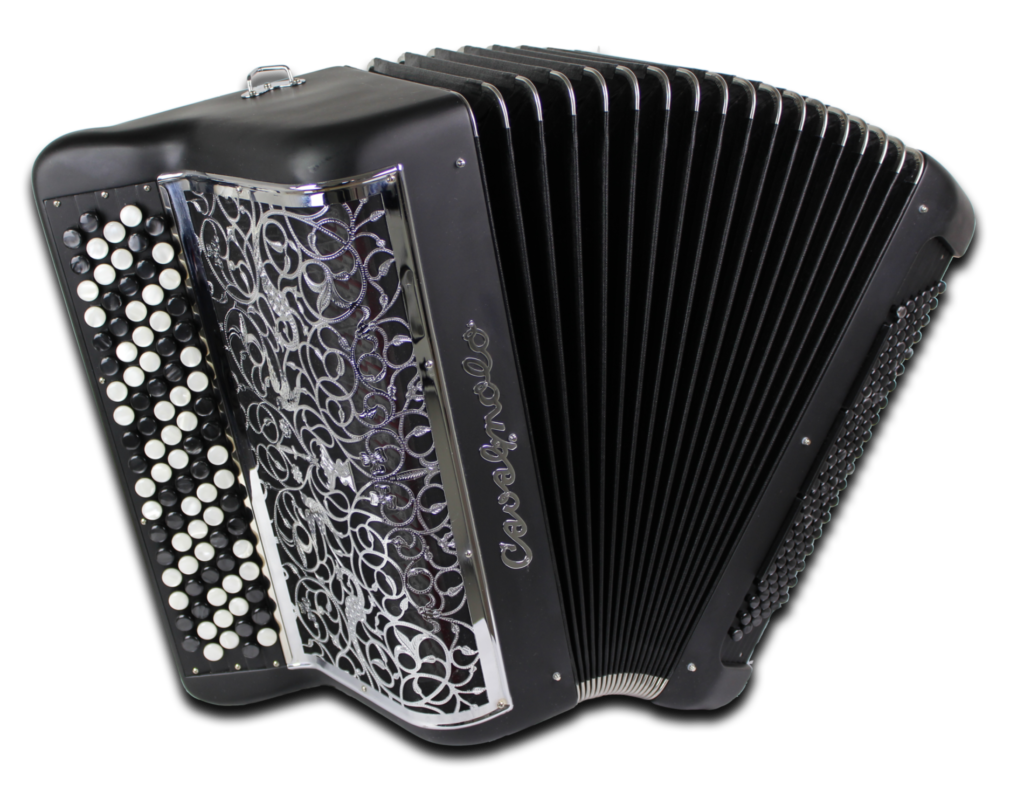
Throughout the years, the shape of Cavagnolo instruments saw a tendency towards rounded curves – and this was no accident. First of all, it was crucial to have a shape that spoke to Cavagnolo’s identity, as was the case with the key car manufacturers for example. The challenge was to ensure that the resulting instrument was well-balanced, with an ideal morphology for musicians, so that they could feel immediately at ease. The mechanics had to be precise, in order to offer exemplary compression, which would impact the power and depth of sound. With this in mind, the shape of the Cavagnolo accordion makes sense.
Take a look at the ‘ears’ of the instrument, at the extremity of the right-hand keyboard. They allow for perfect ease of holding at the inside right thigh level. Therefore, there’s no risk of involuntarily striking high notes by pushing the bellows.
Now look at the curve of the left hand… Feeling a bulging edge digging into your forearm while pushing the bellows is simply not pleasant. Our perfect roundness offers comfort like no other, allowing you to play for longer – with no discomfort.
Let’s talk about the Cavagnolo arabesque grill. In some ways it’s like the equivalent of a car’s front bumper. We are very proud of the fact that many other brands or traders still use our grill as an inspiration for their own instruments. For years, our timeless chrome or coloured grill has been recognised and appreciated by respected musicians and lovers of pretty objects. It also contributed to Cavagnolo’s strong reputation, and it is our utmost priority to ensure the continued existence of this finely cut grill, adorned with peacocks and swallows – symbols of our brand.
The final detail is the monogram styled like a real signature, with its striking letter ‘G.’
What about the first-rate mechanics?
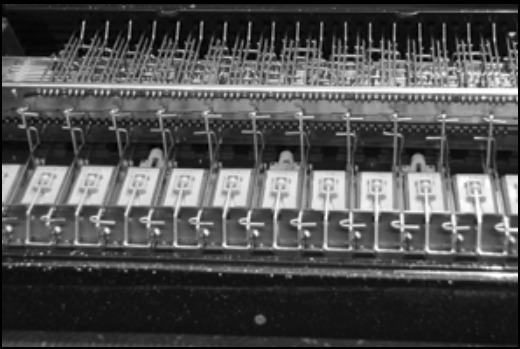
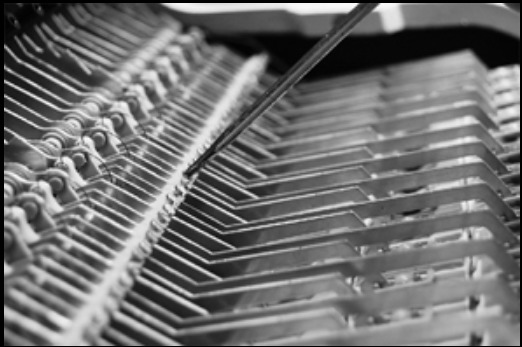

The current aesthetics of our instruments would never have been possible if our mechanics had not been adapted to the highest demands. In this regard, the Cavagnolo really stands out from traditional Italian accordions.
The marked left hand curve relies on our round wire mechanics, entirely created by hand at our production unit. The advantages of this production method are that it offers unparalleled precision and feel, and most importantly, can be completely taken apart in under 4 minutes. As well as being very compact, to allow the box to form a curve that is comfortable for the accordionist’s left forearm, it also ensures extreme durability. It is by far one of the most ingenious inventions ever created for accordions.
The right hand keyboard also has singular characteristics. It offers dynamism and precision like no other. The keyboard can be set up according to your preferences with a longer or shorter distance to the steps. Accordionists who place their fingers on a Cavagnolo keyboard for the first time are always pleasantly surprised by the tilt of the keyboards, as well as the natural, easy contact.
The ball valve component, which is on both the right and left hand, is made by hand on site. The injection process is of great importance here at Cavagnolo, since many of our parts are unique and exclusive to us. We make them piece by piece, by hand, with specially-adapted machines and molds. This ingenious ball allows the valve to rest in the very best way on the harmony table, compensating for any wear on the felts, and guaranteeing a perfect seal. It’s easy to see that our instruments let out a lot less air than others, when you compare it with another played with equal force and voice. The end result is that your instrument doesn’t ‘leak’ air needlessly, saving you from multiple back-and-forths on the bellows.
Another advantage which may seem logical yet is exclusive to our brand is that each button on the right hand has an adjusting screw to adapt and fine-tune the balance and bearing of the valves. No guesswork here. That’s why we always talk about well-adjusted mechanics!
Finally, all of the reed blocks (metal reeds) on our traditional instruments are mounted on screwed and nailed wind chests – and this has been the case for several decades. This is our signature assembly method, reflecting the care and attention that goes into the making of each and every model.
What makes the Cavagnolo different?
Technically on point
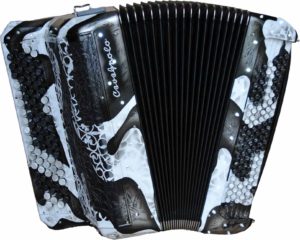
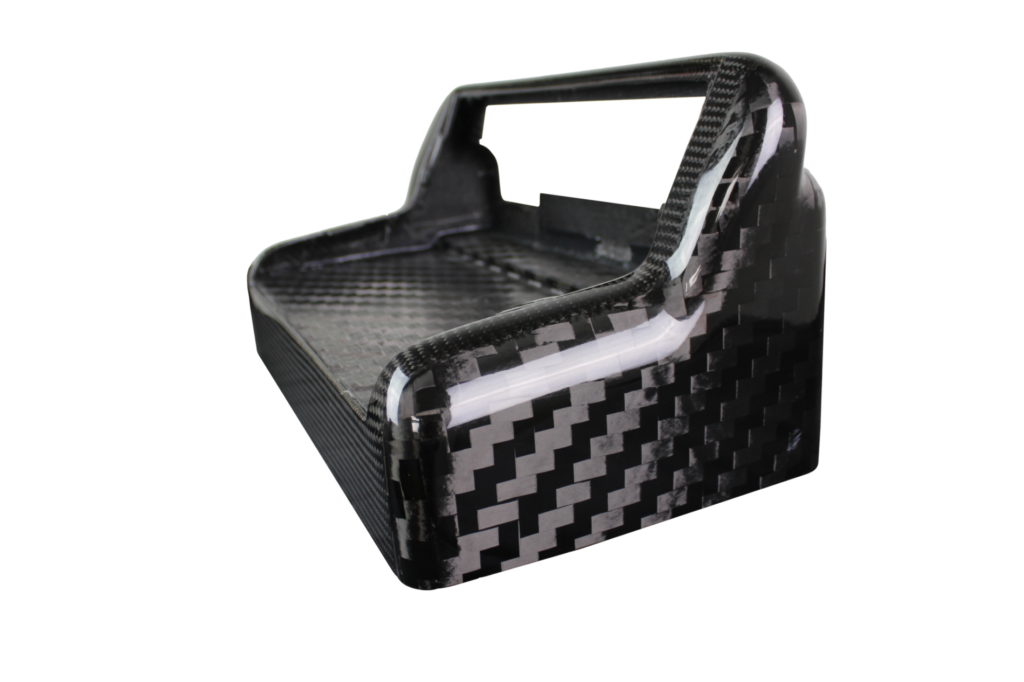
Our brand has always been innovative, both technically through different creation and assembly methods and with the material and equipment used.
We’ve been ahead of the curve from the start, notably with the development of the double sound boxes and the double-effect register selector on the acoustic models.
Cavagnolo was also a pioneer when it comes to the presentation of the instruments, offering varnished paint while others were still using celluloid. This allowed us to tailor each instrument to the individual’s wishes from the multiple colours available in this paint.
Nowadays, accordions made from carbon fiber are tremendously popular, and Cavagnolo is a master of this element, which holds many desirable properties. Whether it’s in aeronautics, the prestige automobile industry, or indeed in the world of classical stringed instruments, recently carbon has proved to be a renowned staple of quality. The impact this had on our own instruments surpassed all of our expectations. Its lightness is unbeatable, not to mention its robustness and rigidity. This natural rigidity has a direct consequence on the power and precision of the sound. In contrast to a wooden box, carbon does not absorb the frequencies produced by the reeds of the accordion. Compared to a traditional model, the NewTech version, made out of carbon fiber, is more powerful, with superior sound.
Ten years following the making of Digit, we created the AiR Symphony arranger.
This petite concentration of technology – it only weighs 450 grams – was specifically designed for accordionists seeking something slightly different.
We focussed on making the AiR Symphony easy to use. Gone are the lengthy pages of incomprehensible menus. That’s why it fits so well in our AiR series which embodies simplicity and quality.
We worked intensely on the quality of the beats, as this is of utmost importance for musicians being accompanied. That’s why Matthieu asked Franck Ridacker (Michael Grégorio’s drummer) to record the drum beats for us to use as audio. You guessed it: this little arranger therefore has highly dynamic audio drums.
Around the drums, we developed sounds specially conceived for perfect homogeneity. The drums-bass-guitar trio is strong and solid.
The writing of the styles was profoundly studied so that no musical passage would be clumsy, ensuring perfect harmonies.
And what could be more pleasant than being accompanied by a real orchestra? Well, that’s why we established our styles within the spirit of an orchestra, to create a high level of realism and perfect homogeneity in all styles.
Like the whole of the AiR range, it’s also an evolving model. This means that while it currently has 165 styles, we’re constantly working on new ones that will increase its potential. These new styles are made freely available on our website.
It’s compatible with all accordions and MIDI keyboards.
